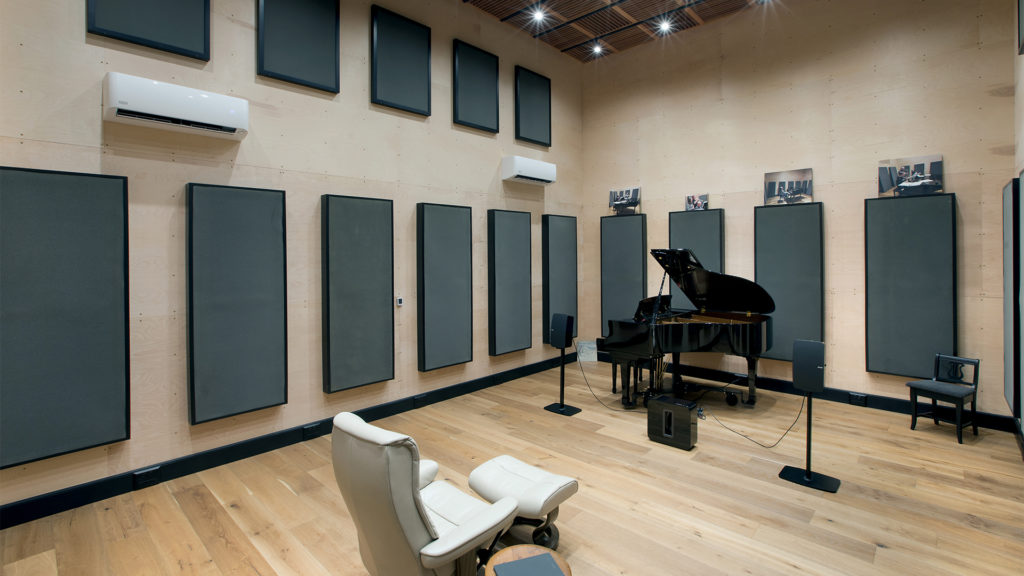
What is sound foam? This search term has a few meanings that we should examine. We will have to assume that the search term sound foam means foam that can absorb sound energy. Not all foams are created equal. We have closed celled foams that are used in cushions and seats. They have a closed cell structure which lends the foam its more dense and compact form. Closed celled foams are used for support in seats and packing materials. Open celled foam is the type that is used for sound absorption. It is not as dense as closed cell foams used for seats and pillows. The cell structure is open so that air flow can enter the cells, create friction which produces an energy transformation and thus we have absorption. I am going to assume open celled foam for the search term sound foam.
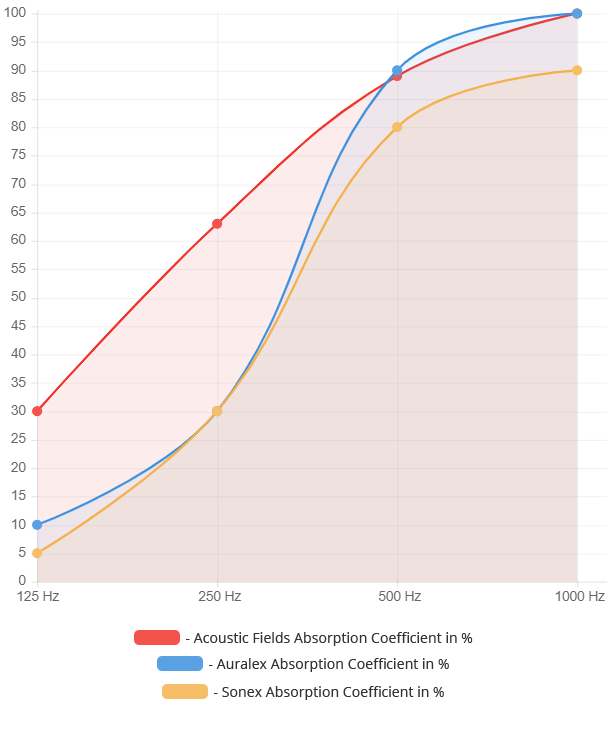
Open celled foams are used to absorb middle and high frequencies. Foam is not a low-frequency absorption technology. It is for middle and high frequencies. Let’s use our foam technology at Acoustic Fields www.acousticfields.com as an example. The most critical frequency response range for middle and high frequencies is the 125 – 500 hz. region. This frequency range must be absorbed at a smooth rate and level of absorption is music and voice is going to sound natural and as engineer’s say with our foam “organic”. https://www.acousticfields.com/product/acoustic-foam/. Notice the red line in the graph below. Notice the smooth transition from 125 hz. – 500 hz. Notice the response curve of two of our competitors. You can see the dips in the competitors’ performance curves.
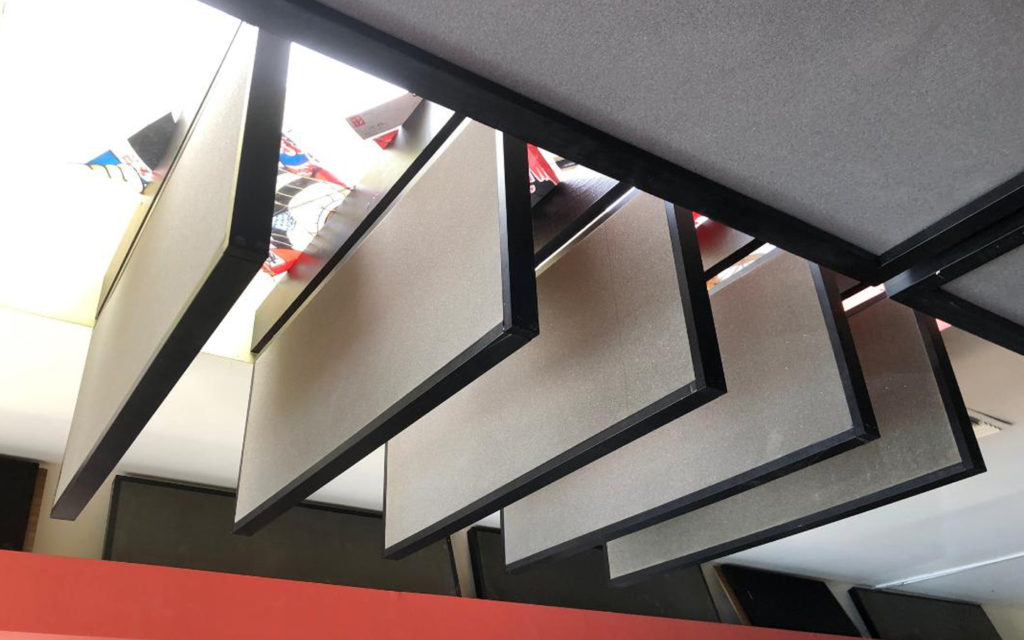
Sound foam is used to manage the reflections from our music room surfaces. The walls produce reflections when energy strikes them. These reflections accumulate and form reverberation. Reverberation is how long a sound stays around within the room after it has been sung, spoken, or played. Reverberation is room distortion. Reverberation has a negative impact on speech and music. High reverberation times blur and smear middle range frequencies where voice lies. Our human hearing system is very sensitive to changes in reverberation times. As we age, reverberation times become more of an issue. Churches are faced with this everyday. We work with many churches who have populations over 70 years old. We must lower the reverberation times even lower for this age group. https://www.merriam-webster.com/dictionary/reverberation
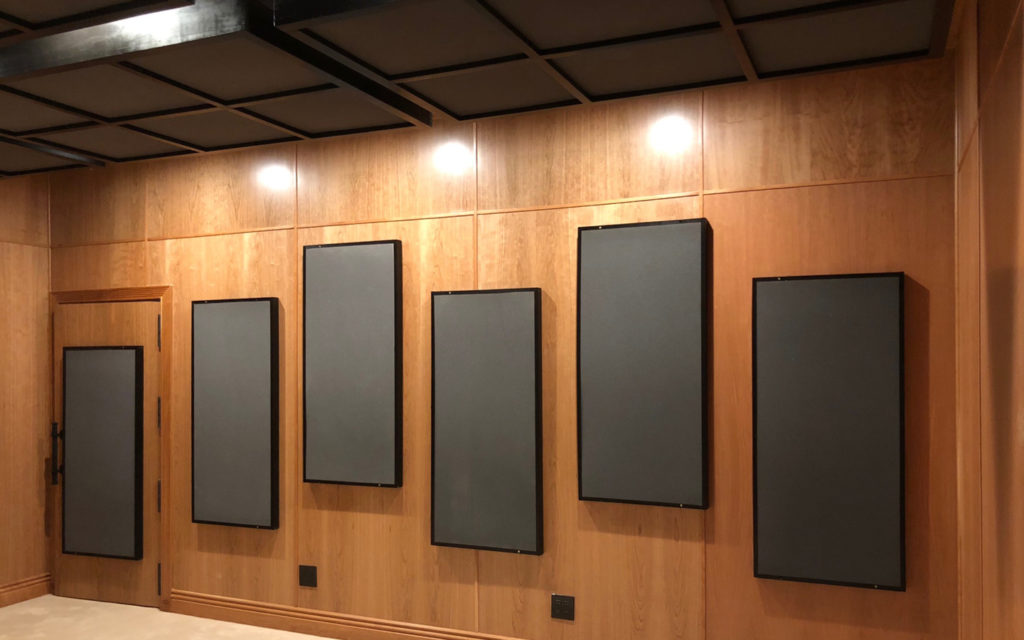
Treating reverberation or reflections from each wall surface area is the only way to bring reverberation times down into acceptable ranges. Each surface area within our rooms contributes around 17% to the total reverberation times. We must treat at least enough surface area on each wall surface area to achieve an audible result. This requires at least a 50% surface area coverage in most 200 – 400 seat church venues. Every surface area within our rooms produces a different frequency and amplitude issue. These variables must be taken into consideration when applying treatment to the wall surfaces. . One surface could require a 6″ deep panel while another would only require a 2″ deep panel. There is no one size fits all surfaces. Analysis must be performed to quantify and qualify all issues before treatment is specified. https://www.acousticfields.com/church-acoustical-design-service/
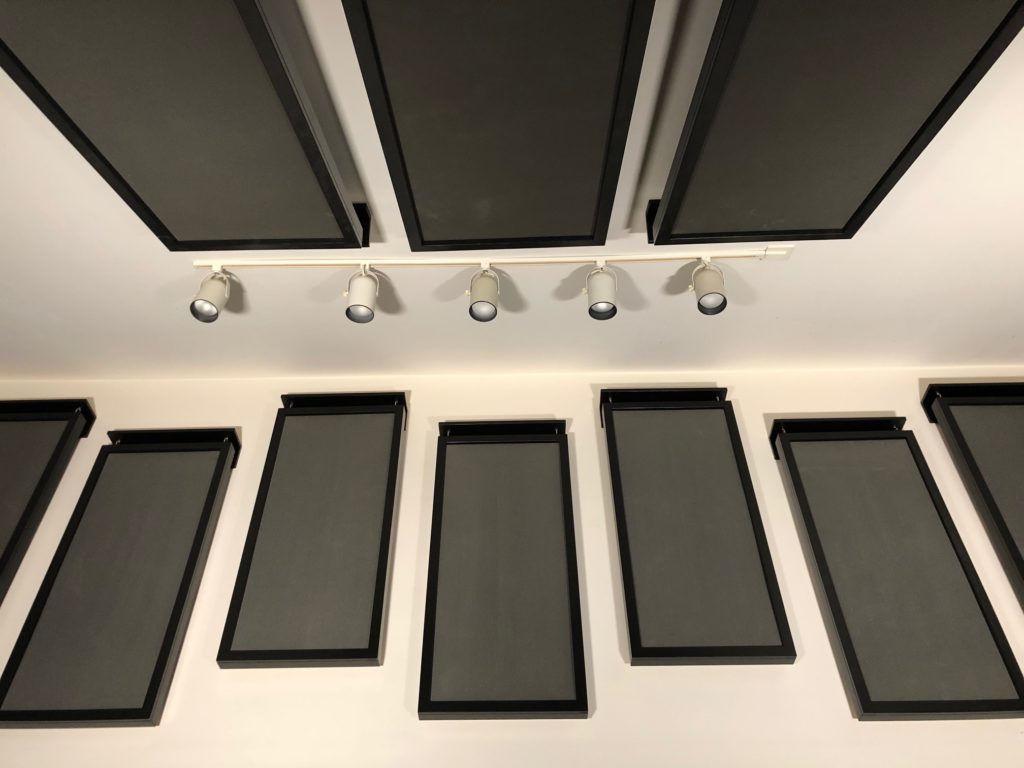
Many people confuse reverberation with echo. Reverberation refers to how long a sound stays around within the room after it has been sung, spoken, or played. Echo is a repeating signal usually over a distance. The sound with an echo keeps repeating itself. Both must be treated in the same manner and sound foam can be used for both issues. You must measure the frequency that reverberation is occurring at and assign enough of the proper rate and level of absorption to treat the reverb or echo issue. Once you have determined the frequency range of the reverb issue, you will know the type of treatment you will require, how much you will need, and where to place it within your room.
https://www.cirrusresearch.co.uk/blog/2018/03/whats-the-difference-between-echo-and-reverberation/







